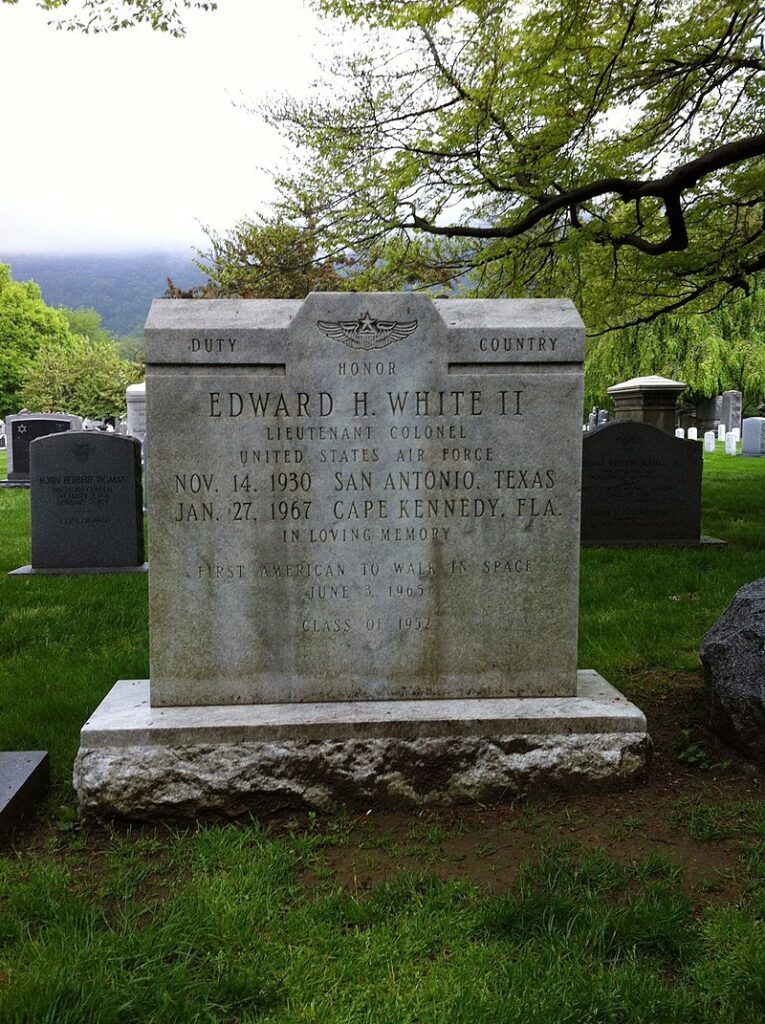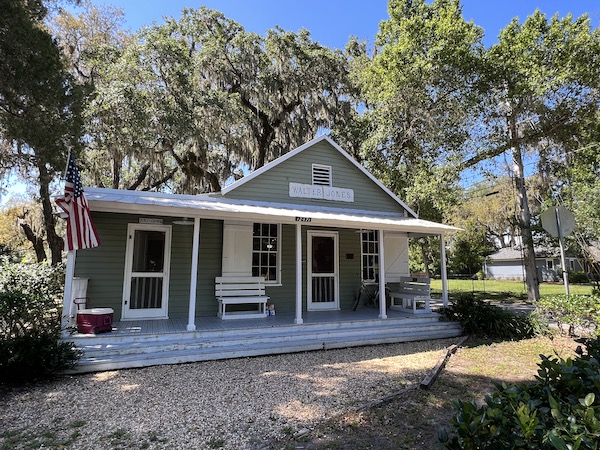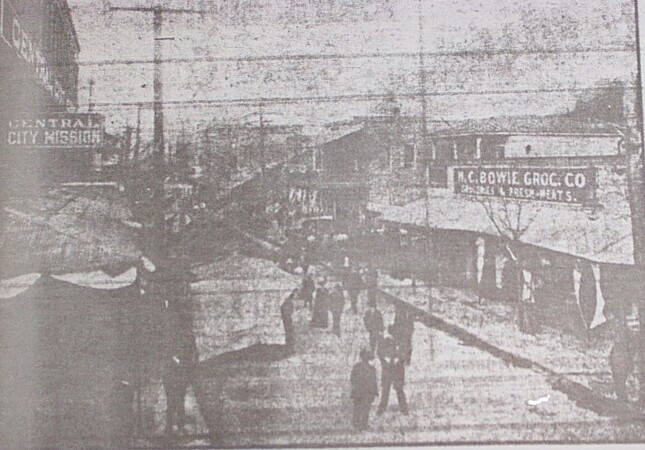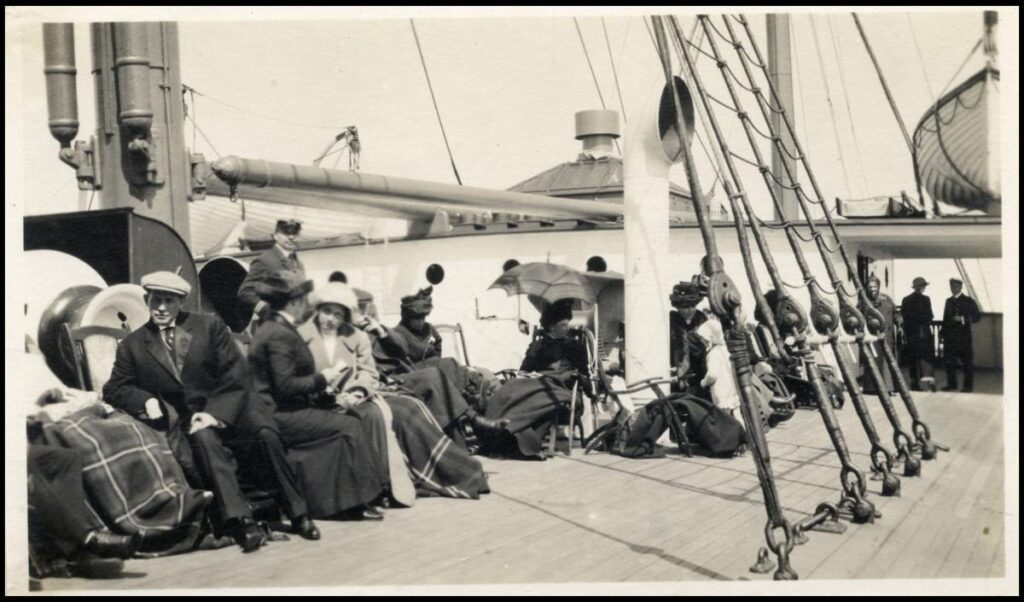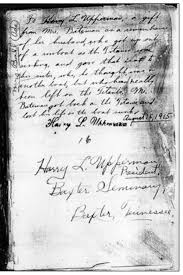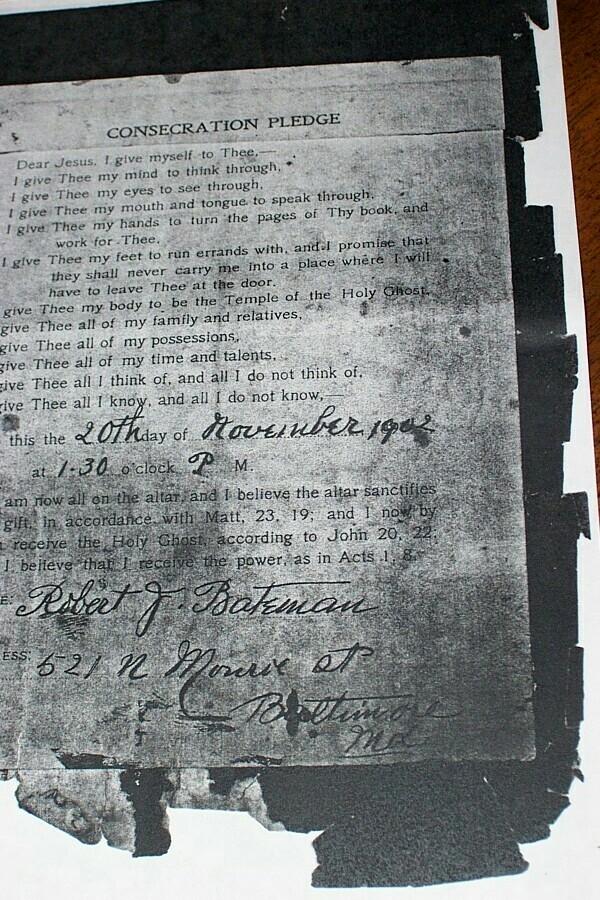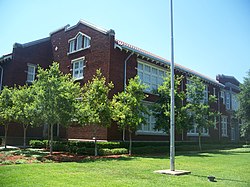Douglas Anderson School of the Arts # 107
2445 San Diego Rd, Jacksonville, FL 32207
Douglas Anderson School # 107. Douglas Anderson School, once called South Jacksonville Grammar School opened in 1922. It provided education during a segregated period for Black students grades 1-9.

Douglas Anderson original entrance. Photo- Duval County Schools
The school was later named in honor of Douglas Anderson(1884-1936) for his service to the community. Douglas was born in Jacksonville and became a carpenter and businessman. His parents were Samuel and Charlotte Anderson. His father served in the Florida House of Representatives for South Jacksonville.
The young Anderson studied at Tuskegee Institute in Alabama. There he married Ethel Stevens. And the two had a daughter, Mary Gwendolyn. He retired to Jacksonville and as reported in the Florida Times Union “developed a farm on 22 acres on Old St. Augustine Road”. Anderson served as PTA president for a number of years and sometime after 1913, worked in an effort to get proper bussing for Black students. According to a You Tube video by Carla Michelle, Anderson was a bus driver and awarded the first bus contract to a Black person.

Anderson and Walter Thorpe were at least two who assisted in grants, funds and finances in securing the land that would become school # 107. It was renamed Douglas Anderson in his honor. ( Florida Times Union, Douglas Anderson’s Grandaughter, February 21, 2022).
See you tomorrow,
Nan
Sources: You Tube by Carla Michelle, Florida Times Union article, personal visit to the school.
This information including Ramey photos may be used with credit to Ramey Collection. Photos may be 3rd party for which may be secured by copyrighted owner.
If you believe you are a copyright owner or can help with information regarding this article, including to clarify rights or information issues, please contact me. We are willing to remove any item from public view if there is any concern regarding ownership.


